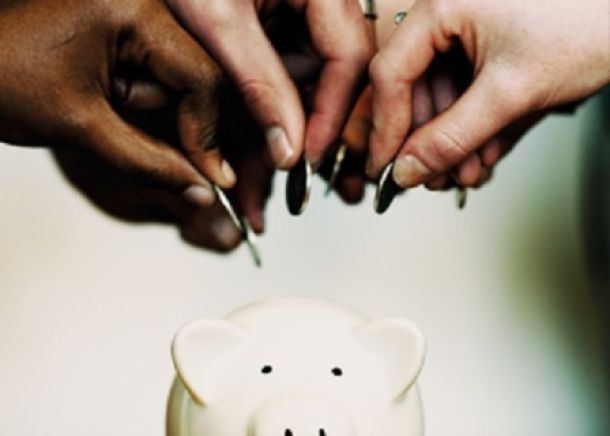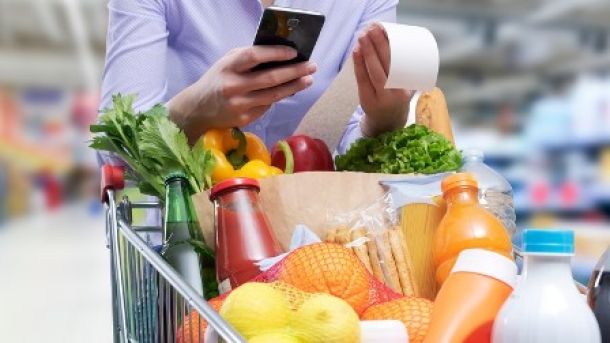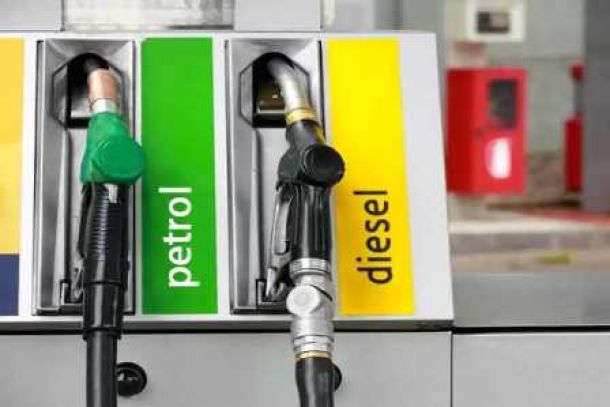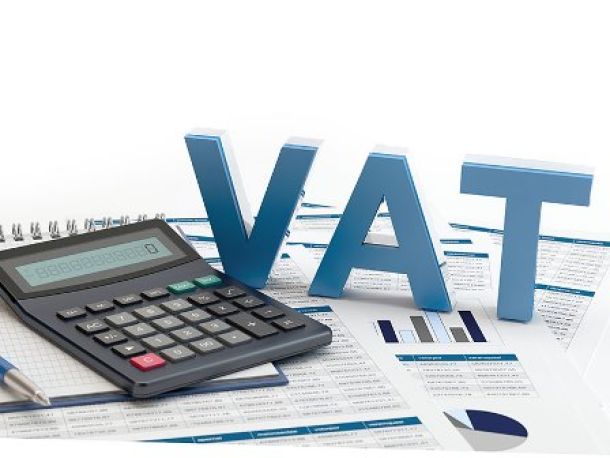Shocking number of South Africans are flat broke
New data shows that the age group with the largest amount of debt in South Africa is between 31 and 45 who collectively owe 53% of all outstanding debt.
Debt management firm, Debt Rescue’s data showed that South African men and women have now become almost equal in the R1.64-trillion debt they collectively owed to creditors.
CEO, Neil Roets, said the group’s in-house statistics showed that men made up 49% of the indebted consumers while women came in first with 51%.
“The most disconcerting statistic was the fact that Debt Rescue’s overall growth in indebted consumers who sought relief by going under debt counselling now tops 40% year-on-year.
“The poor state of the economy is clearly visible in our growth rate showing that a growing number of consumers are getting over indebted.”
Debt Rescue identified three areas where outstanding debt is most prevalent among South Africans:
Personal loans (94%)
Credit cards (84%)
Store cards (76%)
“When we sit down to discuss the extent of our clients’ indebtedness we usually ask them in broad terms what the money was spent on and it is absolutely shocking how much of it was spent on luxuries and non-essentials.
“One of the items that we consider to be an essential – a home mortgage – came in stone last at 19%,” Roets said.
More than half of all consumers owe 75% or more of their income to creditors, Debt Rescue said.
“This is clear evidence that a growing number of consumers are getting ever deeper into debt and need help from debt counsellors to get out from under the debt mountain most of them have accumulated over the past years,” Roets said.
Approximately 23% of South Africans have any money left at the end of the month – the other 76.58% are flat broke, the debt management firm said.
Earlier data from the South African Human Rights Commission (SAHRC) showed that, of 19 million credit active consumers in South Africa, over half had impaired credit records, three months plus in arrears.
More than 11 million of South Africa’s credit active consumers were described as over-indebted by the SAHRC.
“Most economists are predicting a further decline in the currency and a rise of 25 basis points at the next Reserve Bank Monetary Policy Committee. It is likely that we will be looking at an increase of 125 basis points by the end of the year,” Roets said.
News Category
- International retailers
- On the move
- Awards and achievements
- Legislation
- Wine and liquor
- Africa
- Going green
- Supplier news
- Research tools
- Retailer trading results
- Supply chain
- Innovation and technology
- Economic factors
- Crime and security
- Store Openings
- Marketing and Promotions
- Social Responsibility
- Brand Press Office
Related Articles

Empowering South African households through gro...

SPAR shares practical tips to beat food inflation

South African motorists could be paying up to R...

Big VAT changes on the cards


